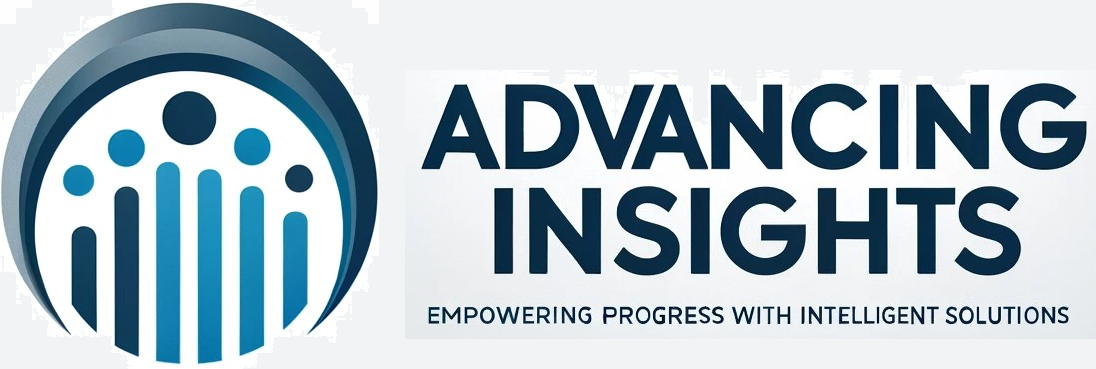Software as a service model
The Benefits of the Software-as-a-Service Model from Computer World.
"Analysts claim that by 2010, 30% of new software will be delivered via an SAAS model."
One of the applications we developed, Ideascape, around open software takes the SaaS approach.
Variously termed "on-demand software," the "ASP model" or "hosted software," SAAS involves renting Web-based software hosted at the provider's site. For many companies large and small, SAAS is the best way to roll out new technology.
The staying power of SAAS has arisen for several reasons:
- The cost of entry is low. Instead of paying lots of money to roll out complex technology across the entire company, customers can roll out just one test department of, say, 20 people. The risk is very low if it fails, and the company doesn't have to involve its busy IT staff.
- The onus is on the vendor. If the vendor's software is broken, the vendor won't be getting money from any customer for long. The vendor is motivated to fix the problem.
- The vendor works for the buyer. Customers don't have to rely on their IT departments to install an application. Everything is running securely at the vendor's location.
- Less-risky investment. Instead of spending $60,000 all at once, for example, customers pay for the software monthly. The monetary risk is lower and less scary.
- Vendors must provide a secure data environment, or they're out of a job. Most vendors understand that data must be backed up religiously, and security is the top priority. Customers' IT departments are typically pulled in many directions and can't be as focused on one technology. Customers can assume their data security is probably safer when it's hosted.
A number of companies provide software either under a pure SAAS model or via installed licensed versions of their software. Either way enables early rollout of the software, which lets you begin using it on the hosted site to determine the value before your IT staff installs it locally. Once you're sure you're getting business value, you can convert the data to run in your local environment.
Not all companies that provide SAAS do so at the same level. Ask vendors the following questions to make sure you're working with a reputable company:
- How well has the vendor integrated its service operations into its core business?
- Where is the computer that will be used to serve my application?
- Is the data center where that computer is located staffed around the clock? Which staffers are on-site?
- What physical security measures are in the data center?
- Is there redundant power, such as batteries and generators?
- What cooling and fire-suppression systems are available?
- How many Internet service providers do you buy connectivity from?
- Do you have a disaster recovery plan if your data center becomes unavailable?
- Are servers dedicated to each customer, or do multiple customers share a single server?
- What do you back up and how often? How long do you keep backups? Do you store backups off-site?
If you ask these questions, you will go a long way toward ensuring success. Compare the answers to those you get from your own IT taff."

